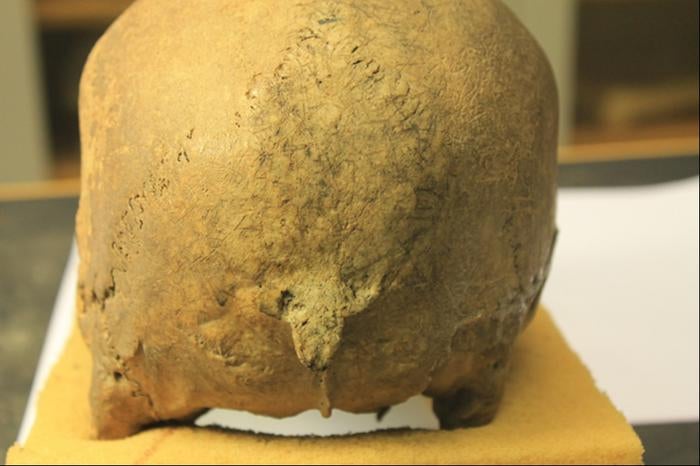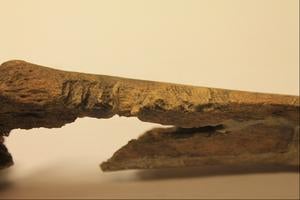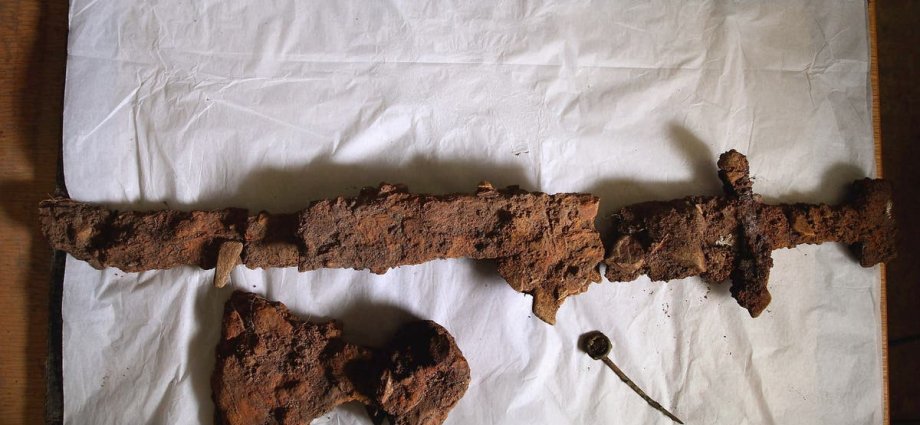Vikings in Norway were more violent towards each other than previously thought, according to a new study that sheds more light on rules and their enforcement in these early European societies.
Until now the rates of violence in Viking Age Norway and Denmark were thought to be comparable.
Now, challenging these assumptions, researchers have found much greater rates of trauma on skeletons and the extent of weapon use in Norway.
“The findings of these patterns suggest that we are talking of distinct societies in the regions of Norway and Denmark. This is quite striking, as the assumption has been that socially Viking Scandanavia was largely a singular space,” study co-author David Jacobson from the University of South Florida said.

The research, published in the Journal of Anthropological Archaeology, reveals how Viking Age societies in Norway and Denmark differed in their experiences with violence and the role social structures played in shaping those patterns.
In the new study, scientists combined methods used in archaeology and sociology along with the study of skeletons and runestones, which are raised stones bearing inscriptions.
They analysed skeletal remains from Viking Age Norway and Denmark and found that a third of the Norwegian skeletons showed healed injuries, indicating that violent encounters were much more common than previously thought.
Among these skeletons, nearly 40 per cent showed signs of “lethal trauma”, highlighting the frequent and often fatal use of weapons in Norway.
In contrast, about 6 per cent of Viking Danes appear to have died violently, almost all from official executions.
Researchers found a prominent presence of weapons – particularly swords – alongside skeletons in Viking Age graves in Norway.
More than 3,000 swords from the Late Iron Age and Viking era were found in Norway, compared to just a few dozen from this period in Denmark.

The research points to “key differences” in the way violence, social hierarchies and authority influenced these dynamics in Denmark and Norway Viking societies.
In Denmark, for instance, scientists found that the society was more centralised, with clearer social hierarchies and stronger central authority.
Here violence was more organized and controlled, linked more often to official executions rather than interpersonal violence.
Social order in Viking Age Denmark seems to have been maintained via political control, reflected in the construction of large earthworks and fortifications.

In Norway, there was a more decentralised society that appears to have experienced more peer-to-peer violence, indicated by higher levels of trauma found in skeletons, researchers noted.
The findings show that weapons played a key role in Norwegian Viking identity and social status, highlighting the culture’s connection to violence.











